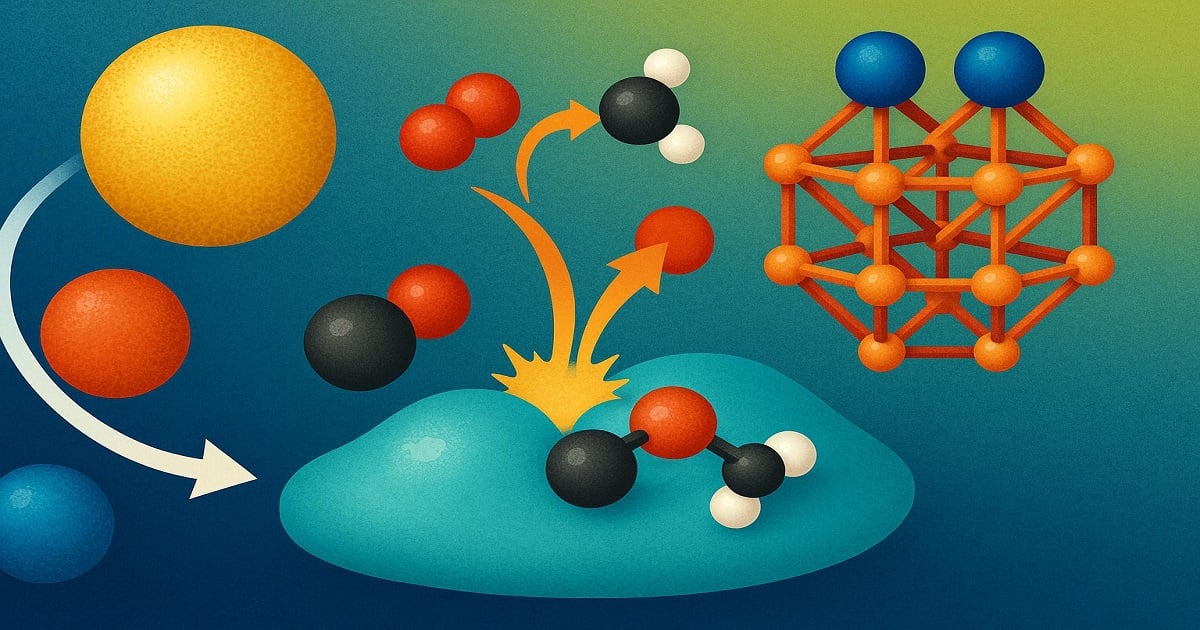- 4.0Impact Factor
- 7.6CiteScore
- 17 daysTime to First Decision
Catalysis by Metals and Metal Oxides
This special issue belongs to the section “Catalytic Materials“.
Special Issue Information
Dear Colleagues,
We are pleased to announce a Special Issue dedicated to the topic of “Catalysis by Metals and Metal Oxides”. We invite researchers from academia and industry to contribute original research articles and reviews that explore the latest advancements in metal and metal oxide catalysis, as well as their applications in energy, environment, and chemical processes.
Scope of the Special Issue:
This Special Issue aims to highlight recent developments in the understanding and application of metal and metal oxide catalysts across a wide range of reactions. We welcome papers that focus on, but are not limited to, the following areas:
- Design and synthesis of metal and metal oxide catalysts;
- Novel metal oxide materials for catalysis;
- Catalytic properties of transition metals and their complexes;
- Surface modifications and nanostructuring of metal oxides;
- Mechanistic insights into metal and metal oxide catalysis;
- Reaction pathways, intermediates, and active sites;
- Characterization techniques to probe metal and metal oxide surfaces;
- Role of electronic and structural effects in catalysis;
- Catalytic applications;
- Catalysis in energy production and conversion (e.g., hydrogenation, fuel cells, batteries);
- Environmental catalysis (e.g., CO2 reduction, VOC removal, NOx reduction);
- Industrial catalytic processes (e.g., fine chemical production, polymerization reactions);
- Green chemistry and sustainable catalytic processes;
- Emerging topics in metal and metal oxide catalysis;
- Bimetallic catalysts and hybrid materials;
- Photocatalysis and electrocatalysis involving metals and metal oxides;
- Advances in catalysis under extreme conditions (high pressure, temperature, etc.).
If you would like to submit papers to this Special Issue or have any questions, please contact the in-house editor, Ms. Rita Lin (rita.lin@mdpi.com).
Dr. Sónia Carabineiro
Guest Editor
Manuscript Submission Information
Manuscripts should be submitted online at www.mdpi.com by registering and logging in to this website. Once you are registered, click here to go to the submission form. Manuscripts can be submitted until the deadline. All submissions that pass pre-check are peer-reviewed. Accepted papers will be published continuously in the journal (as soon as accepted) and will be listed together on the special issue website. Research articles, review articles as well as short communications are invited. For planned papers, a title and short abstract (about 250 words) can be sent to the Editorial Office for assessment.
Submitted manuscripts should not have been published previously, nor be under consideration for publication elsewhere (except conference proceedings papers). All manuscripts are thoroughly refereed through a single-blind peer-review process. A guide for authors and other relevant information for submission of manuscripts is available on the Instructions for Authors page. Catalysts is an international peer-reviewed open access monthly journal published by MDPI.
Please visit the Instructions for Authors page before submitting a manuscript. The Article Processing Charge (APC) for publication in this open access journal is 2200 CHF (Swiss Francs). Submitted papers should be well formatted and use good English. Authors may use MDPI's English editing service prior to publication or during author revisions.
Keywords
- catalysis
- metals
- metal oxides
- nanocatalysts
- synthesis
- characterization

Benefits of Publishing in a Special Issue
- Ease of navigation: Grouping papers by topic helps scholars navigate broad scope journals more efficiently.
- Greater discoverability: Special Issues support the reach and impact of scientific research. Articles in Special Issues are more discoverable and cited more frequently.
- Expansion of research network: Special Issues facilitate connections among authors, fostering scientific collaborations.
- External promotion: Articles in Special Issues are often promoted through the journal's social media, increasing their visibility.
- e-Book format: Special Issues with more than 10 articles can be published as dedicated e-books, ensuring wide and rapid dissemination.

